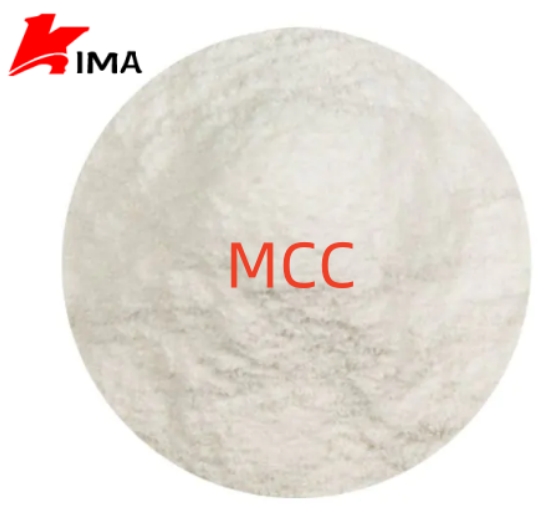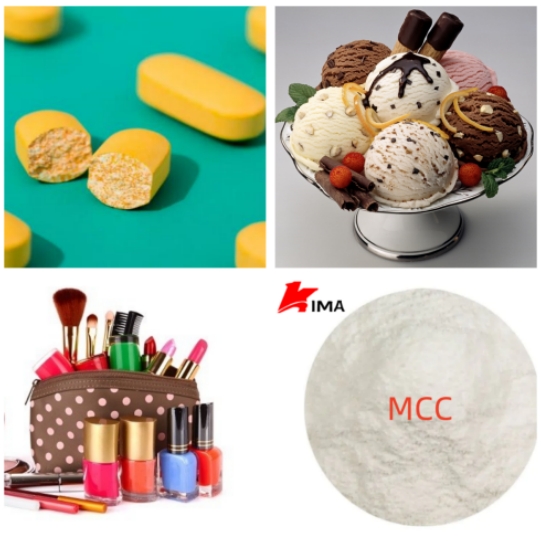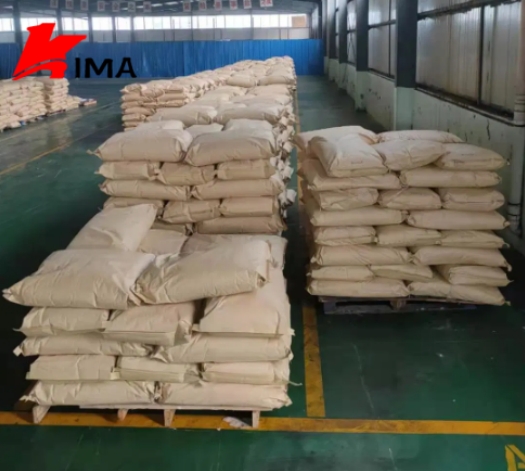Microcrystalline Cellulose (MCC) is a partially hydrolyzed cellulose, commonly used in the pharmaceutical, food and cosmetic industries as a filler, thickener, adhesive and dispersant. It has become one of the widely used ingredients in various products due to its good biocompatibility, stability and safety.

1. Basic properties of microcrystalline cellulose
Microcrystalline cellulose is a product obtained by partial degradation of natural plant cellulose by acid hydrolysis. Its structure is composed of smaller cellulose microcrystals, and the surface usually presents an amorphous nature. Compared with natural cellulose, microcrystalline cellulose has a lower molecular weight, higher fluidity and better solubility.
Physical properties:
Appearance: white or off-white powder.
Solubility: insoluble in water, but can absorb moisture in water to form a colloid.
Stability: acid-resistant, heat-resistant, alkali-resistant, with good chemical stability.
Adhesion: has certain adhesion and gel-forming ability, suitable for use in the pharmaceutical and food industries.
Chemical properties:
Microcrystalline cellulose is composed of glucose units connected by β-1,4 glycosidic bonds. The changes in its molecular structure are mainly reflected in the partial hydrolysis of the molecular chain, which retains the basic skeleton of cellulose. It has good stability and is not easy to react with other ingredients, which makes it a safe additive.
2. Preparation method of microcrystalline cellulose
The preparation of microcrystalline cellulose is usually completed by two main methods: acid hydrolysis and enzymatic hydrolysis.
Acid hydrolysis: Partial hydrolysis of cellulose using concentrated acid (usually hydrochloric acid or sulfuric acid) to destroy the amorphous part of cellulose and retain the crystalline part. This method can efficiently decompose cellulose and obtain microcrystalline cellulose with uniform particle size.
Enzymatic hydrolysis: Hydrolysis using cellulase is relatively mild and can process cellulose at a lower temperature, but the cost is high and the output is relatively small.
In the production process of microcrystalline cellulose, the hydrolysis time and acid concentration must be controlled to ensure that the product with appropriate particle size and crystallinity is obtained.
3. Application fields of microcrystalline cellulose
Due to its excellent physical and chemical properties, microcrystalline cellulose is widely used in many industries:
Pharmaceutical industry
In the pharmaceutical field, microcrystalline cellulose is widely used as a filler, binder and disintegrant for drugs, especially in the production of tablets and capsules. Its excellent tableting, flowability and disintegration properties make it an ideal material for drug production. In addition, microcrystalline cellulose can also be used as a sustained-release agent and a controlled-release agent to adjust the drug release rate.
Filler: used in drugs to provide volume and weight to help the drug ingredients to be evenly distributed.
Binder: helps drug powder to form a stable solid tablet during tableting.
Disintegrant: helps tablets disintegrate quickly after the drug enters the body to ensure rapid release of the drug.

Food industry
In food, microcrystalline cellulose is widely used as a thickener, emulsifier and stabilizer. It can improve the texture and stability of food, such as ice cream, beverages, cakes and various dairy products. In addition, microcrystalline cellulose is often used as a dietary fiber ingredient in low-calorie foods to help provide additional fiber intake.
Thickener: Increase viscosity and improve taste in juices, sauces, soups, etc.
Emulsifiers and stabilizers: Help emulsions or suspensions remain uniform and prevent stratification.
Dietary fiber: As a low-calorie, high-fiber additive, it promotes gastrointestinal health.
Cosmetic industry
Microcrystalline cellulose is often used as a thickener, stabilizer and suspending agent in cosmetics. It can effectively improve the texture and appearance of the product and is widely used in products such as lotions, creams, and shampoos. In addition, microcrystalline cellulose has good skin adaptability and low irritation, making it suitable for sensitive skin.
Other applications
Microcrystalline cellulose can also be used as a reinforcing agent for composite materials, especially in the fields of plastics and coatings. For example, microcrystalline cellulose is used in paper and paperboard production to improve the strength and rigidity of paper.
4. Market prospects
With the increasing global demand for natural, environmentally friendly and biodegradable materials, the market prospects of microcrystalline cellulose are broad. In the pharmaceutical industry, the demand for microcrystalline cellulose continues to grow due to its superior biocompatibility and stability. At the same time, as consumers' preference for healthy food and natural cosmetics increases, microcrystalline cellulose, as a natural additive, has great potential for application in the fields of food and cosmetics.

With the advancement of environmental protection policies, microcrystalline cellulose also has the potential to replace traditional plastics and synthetic materials and become an important component of biodegradable materials.
As an important industrial raw material, mcc plays an important role in many industries such as pharmaceuticals, food, and cosmetics due to its excellent physical and chemical properties and wide application fields. With the development of technology and the increase in market demand, the application of microcrystalline cellulose will be further expanded and show great potential in the fields of sustainable development and environmental protection.
 English
English 日本語
日本語 français
français Deutsch
Deutsch Español
Español italiano
italiano русский
русский português
português العربية
العربية Türkçe
Türkçe Nederland
Nederland






